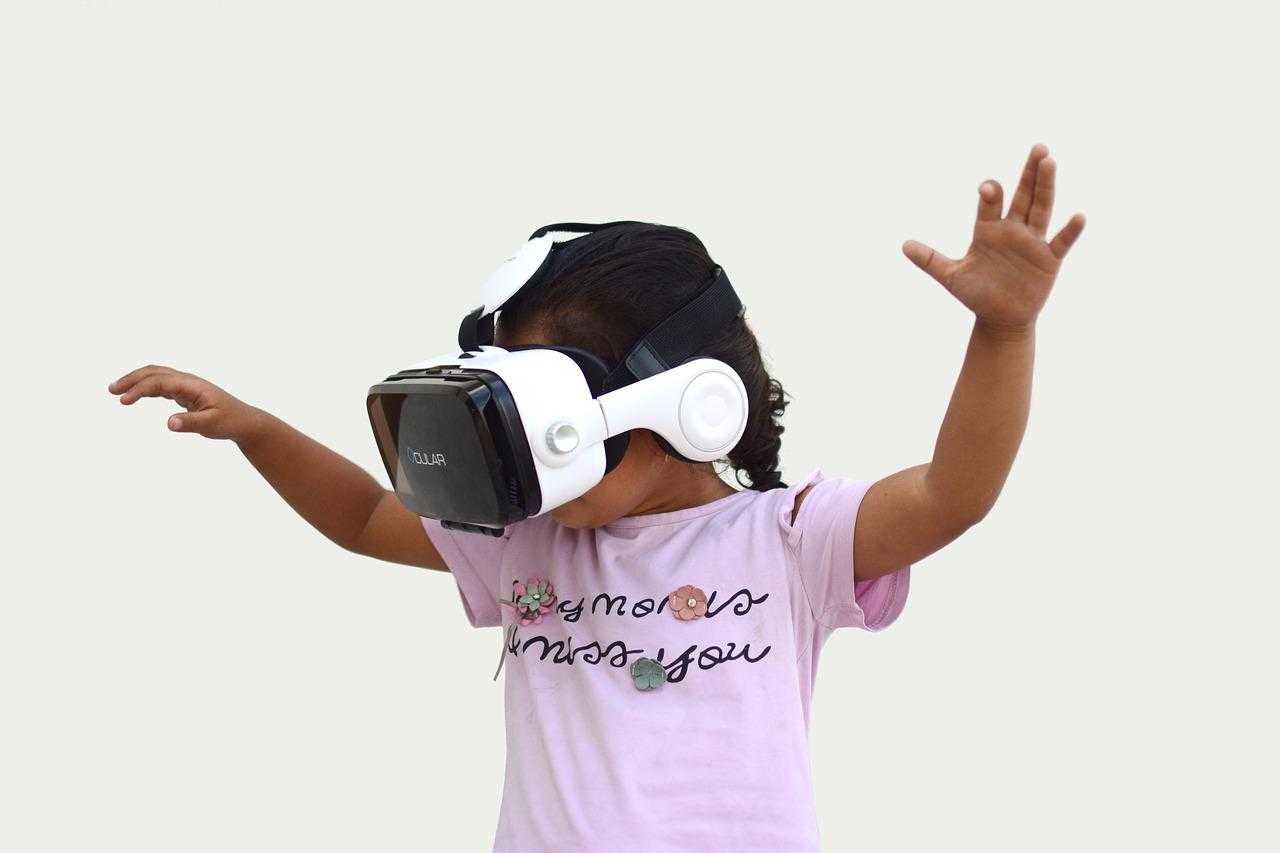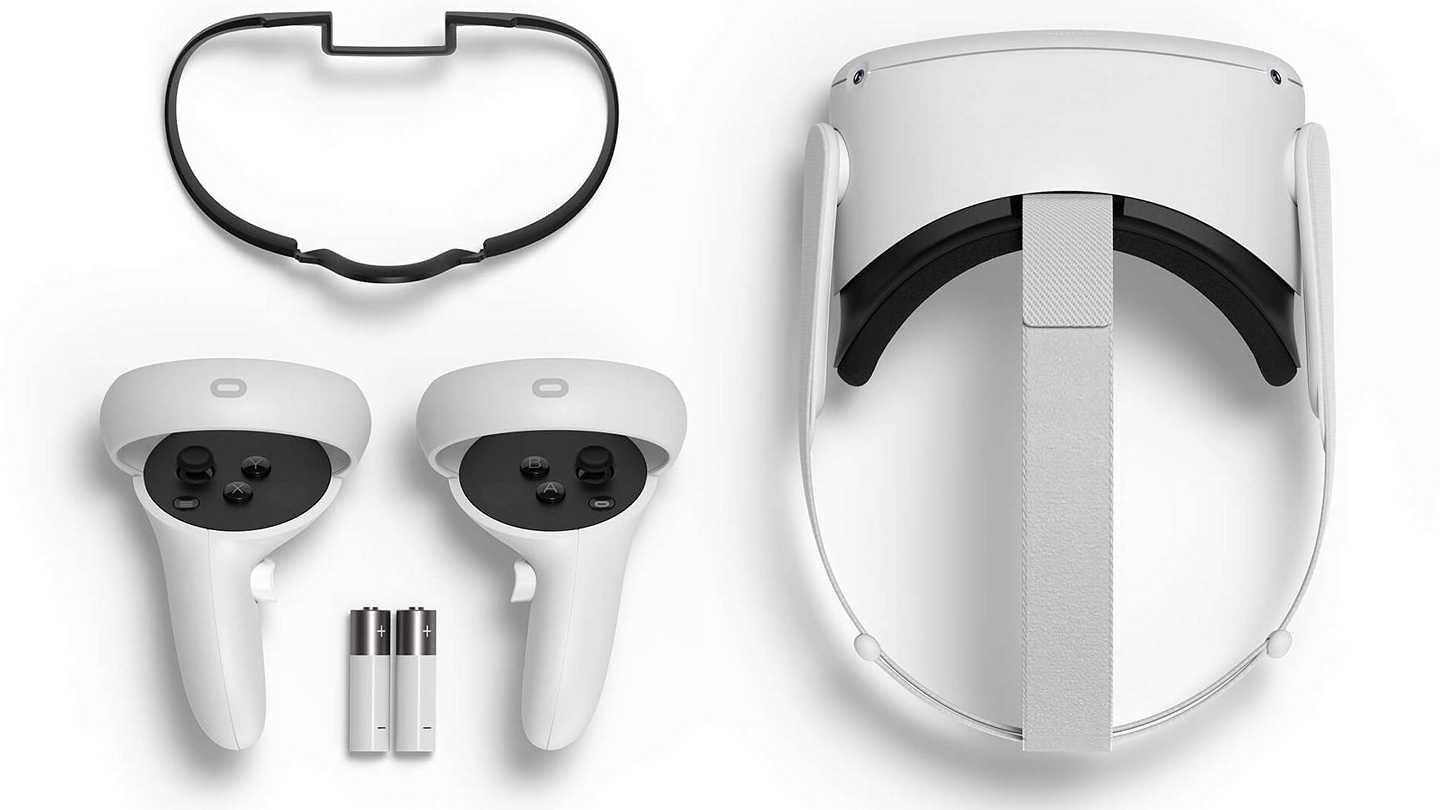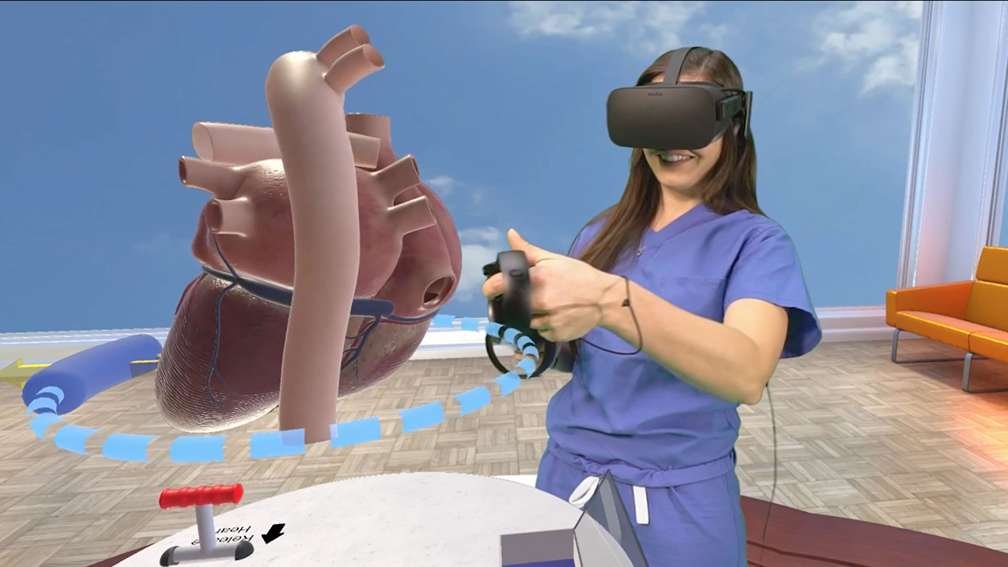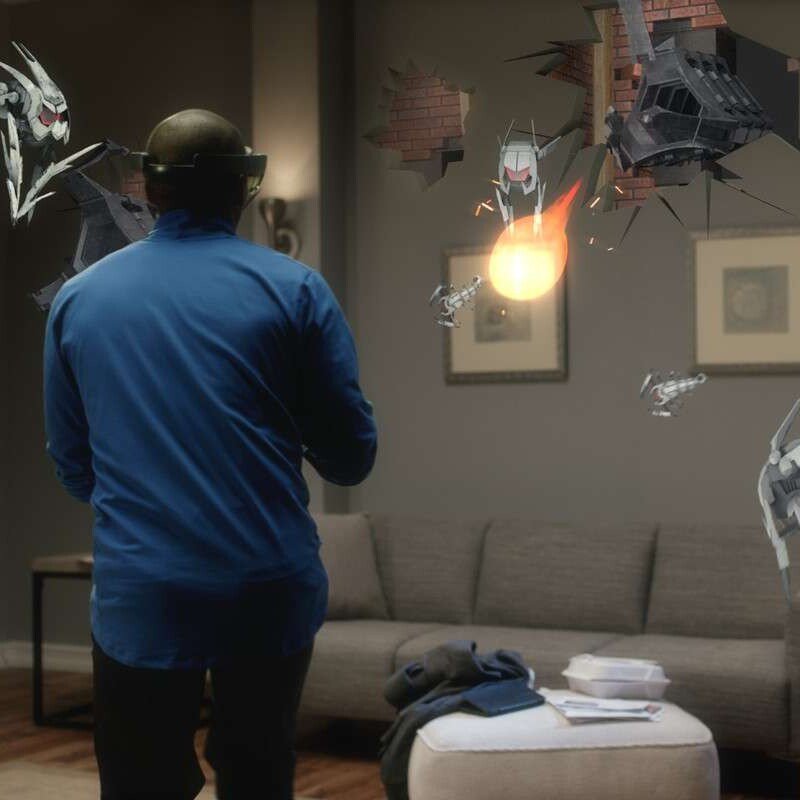Virtual reality (VR)

Virtual reality (VR) is a term coined by Jaron Lanier in 1987, It is a subset of extended reality that involves the use of computers, commonly a headset, to create a virtual environment in which users are placed to interact with the 3D virtual elements while stimulating as many human senses as possible, including vision, hearing, touch, and smell.
The goal of virtual reality is to provide humans with an experience of a virtual world that one can interact with as one does with the real world.
This is termed being immersive, as VR interacts with users’ senses to ensure they believe they are physically present in the real world while being in a virtual environment.
The best virtual experiences control all five human senses.
VR experiences are located at the virtual extreme of the reality-virtuality continuum.
Unlike experiences in augmented reality, virtual reality experience exposes users to a fully immersive digital environment, an experience achieved by putting on a VR headset or head-mounted display to get a 360-degree view of the artificial world.
In VR experiences, the physical or real-world environment is entirely blocked out.

Virtual reality has become part of present-day reality, which offers a controlled environment for mimicking real-life scenarios with little or no risk to the user.
Most people today are familiar with VR headsets that fit over one’s head and can be worn like goggles or glasses.
Oculus maintains some of the most popular VR headsets.
VR technology creates a convincing, interactive virtual world for users, unlike an augmented reality experience that incorporates virtual objects into the real world.
Applications of virtual reality in healthcare

1. Management of disorders
A technique in the management of anxiety disorders is called progressive exposure therapy, where patients are exposed to little doses of their fears, which are then increased in intensity over time till the patient gets quite comfortable in those ‘fearful’ situations, e.g., patients who fear public or open spaces—agoraphobia.
VR is a great tool for observing this technique, as these fears can be recreated in the physicians’ offices where patients can enjoy on-site coaching, the privacy of a therapy center, and progressive exposure to their fears, improving their outcomes.
2. Pain management
VR is useful in relieving pain in patient care—in the rehabilitation of patients with severe pain, patients undergoing painful procedures, patients on routine injections, etc.
A retrospective study by Pandya and Co. in 2017 found that background VR distraction decreases routine intravenous sedation and procedure-related pain during preoperative adductor canal catheter insertion and provides an effective nonpharmacological alternative to intravenous sedation for the ultrasound-guided placement of certain perineural catheters.
3. Medical education and training
In education, VR helps by shifting learning from memorization of facts to imparting knowledge via the use of the majority of the senses.
An example is the conventional way of dissecting cadavers.
VR helps medical professionals and trainees see through the interior of the human body as well as touch the parts while hearing the heart beating and the movement of blood through blood vessels.
4. Health marketing and patient education
Physicians can help patients get a better understanding of their diseases by seeing, through VR, the course of the disease in the human body—how it starts, how it affects the body, what causes it, how it is treated, etc.
This is achievable, as VR can provide them with a detailed reconstruction of the human body.
This eases the physicians’ work of educating patients about their conditions.
5. Physical activity and fitness
A lot of effort in medicine is geared toward the prevention of diseases, especially chronic non-communicable diseases like hypertension and diabetes.
Physical activity is pivotal to these preventive measures.
VR has been adopted in many fitness platforms, promoting physical activity as a good lifestyle choice by providing users with goals and rewards for meeting the goals, etc.
6. Patient rehabilitation
By providing a fully immersive virtual environment, VR presents patients who have suffered traumatic experiences like long bone trauma, etc, with a fun distracting environment to undergo rehabilitative activities devoid of or with minimal pain, motivating them and shortening their recovery time.
7. Surgical simulations
Preparation for complex surgical operations that involve surgical team members from different specialties e.g. neurosurgery and cardiothoracic surgery team members, operating on the same patient, requires some planning…and simulation.
This is being improved with VR, as surgeons get to experiment with a virtual human body and practice their walkthrough and operation techniques before going on to observe the procedures on a real-life human being.
Obisesan Damola
Damola is a medical doctor who has worked in the Nigerian healthcare industry for a little over 3 years in a number of primary, secondary, and tertiary hospitals. He is interested in and writes about how technology is helping to shape the healthcare industry. He graduated from the College of Medicine, University of Ibadan, the foremost medical training institution in Nigeria.



